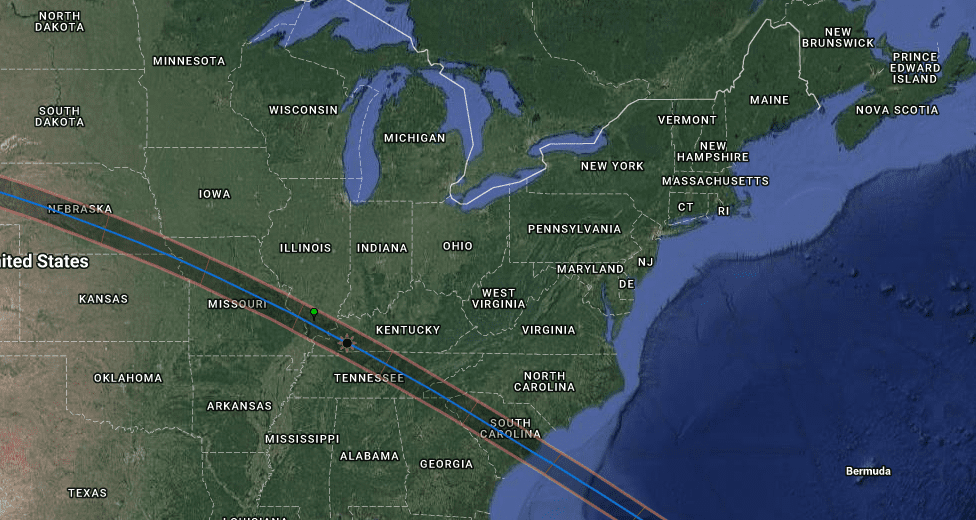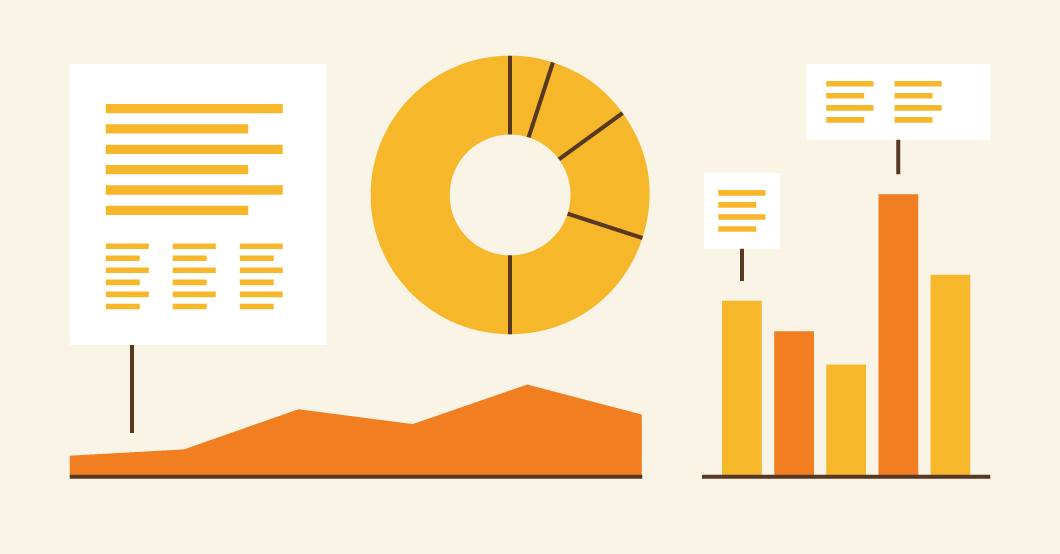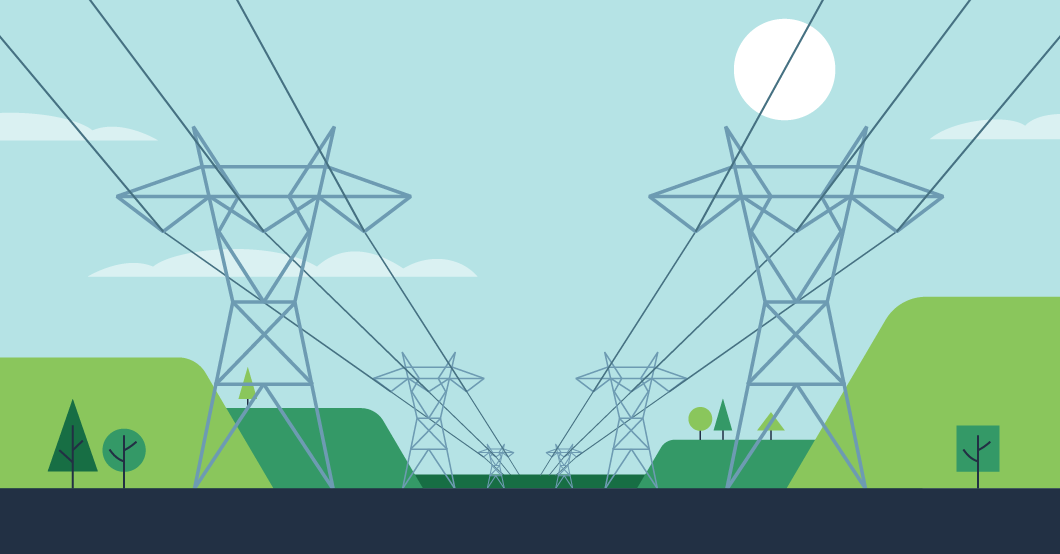ISO-NE prepared to operate grid through partial solar eclipse in August
 Effects on solar-powered resources will be lesser than if total eclipse or if eclipse took place earlier in summer
Effects on solar-powered resources will be lesser than if total eclipse or if eclipse took place earlier in summer
New England will be under the shadow of the moon for much of the afternoon on August 21 during a partial solar eclipse. According to NASA, the eclipse will occur between approximately 1:20 p.m. and 4:00 p.m., with the peak expected at around 2:45 p.m., when about 65% of the sun will be blocked (called obscuration). If it is a sunny day, the ISO expects that output from the region’s 2,000 megawatts (MW) of solar photovoltaic (PV) systems will drop during these 2 hours and 40 minutes, but anticipates having sufficient resources available to meet the resulting rise in electricity demand.
 Phases of the eclipse in Holyoke, Mass. Source: https://www.timeanddate.com/eclipse/in/usa/holyoke.
Phases of the eclipse in Holyoke, Mass. Source: https://www.timeanddate.com/eclipse/in/usa/holyoke.
PV output in New England
The vast majority of New England’s solar power comes from small-scale, distributed systems connected behind the meter directly to retail customers or to local utilities—and not to the regional power system. These systems reduce the amount of demand system operators see on the grid when the sun is up. See maps that show the concentration and location of PV systems in New England.
To precisely balance electricity supply and demand minute-to-minute during the partial eclipse, ISO system operators must consider three major factors that will affect PV output.
- Obscuration percentage: A partial eclipse (penumbral) means that some sunlight will continue to be seen around the moon, and PV panels will continue to generate some electricity.
- Angle of the sun: PV generation will face a less extreme reduction in output because the angle of the sun is lower in late August than earlier in the summer and the eclipse takes place almost two hours after the solar noon peak.
- Cloud cover: Any cloud cover that occurs during the eclipse would reduce the output from PV resources, as it does during regular days. ISO system operators use weather forecasts to attempt to correct load forecasts for cloud cover, among other variables. If it’s a clear sunny day, the effect of the eclipse will be greater; if it’s cloudy day to begin with, the dip in solar output from the eclipse will be less dramatic.
If this eclipse with maximum obscuration of 65% were to take place on the summer solstice with clear skies, solar output would be reduced by about 1,300 MW, leaving approximately 700 MW to continue producing over the peak. The PV production tapers off as the day progresses towards nightfall. If the region was to experience a total eclipse (umbra) during the summer solstice, the effect on PV would be greater but would never completely eliminate all 2,000 MW of output because the total eclipse would be too small to cover all of New England at one time. Note that in April 2024, a total eclipse is expected to occur in portions of northern New England.
The “human-demand effect”
Like cloud coverage, another factor that could dampen the dip in solar output is the human-demand effect: when there’s an eclipse, people typically stop what they’re doing and watch. This depresses demand for electricity as solar energy fades and increases it as the solar energy ramps back up. Based on previous eclipses, the human-demand effect can help counter-balance effects of the eclipse.
ISO-NE preparedness
ISO system operators are also familiar with managing the grid through situations where electricity demand rapidly dips and spikes—such as the Super Bowl. Learn more about how the ISO forecasts demand.
If any supply deficits occur because of extreme high demand or sudden loss of resources, the ISO could obtain additional electricity supplies from neighboring regions, call on demand-response resources to reduce their energy use, and, if necessary, implement operating procedures that help keep the grid in balance. Read our 2017 forecast for summer operations.
No problems expected nationwide
A white paper published by the North American Electric Reliability Corporation finds that the eclipse is unlikely to cause any reliability issues to the North American bulk power system. However, the white paper recommends preparation and increased coordination by system planners and operators to understand how this phenomenon will impact power flows and resource commitment, and to ensure resources are available to meet the increased electricity demand requirements.
The European grid experienced its first near total eclipse in March 2015 when it had nearly 90 gigawatts of solar power on its system, and was able to maintain reliability throughout the duration of the three-hour eclipse.
Eclipse map
The map below shows the path of the August 21 eclipse across the eastern U.S.; the green dot points to where the eclipse will have the longest duration – 2 min 42 sec.
 Source: http://xjubier.free.fr/en/site_pages/solar_eclipses/TSE_2017_GoogleMapFull.htmlThis website allows you to plug in your city to see an animation of the eclipse in your area.
Source: http://xjubier.free.fr/en/site_pages/solar_eclipses/TSE_2017_GoogleMapFull.htmlThis website allows you to plug in your city to see an animation of the eclipse in your area.
- Categories
- Inside ISO New England
- Tags
- system operations



